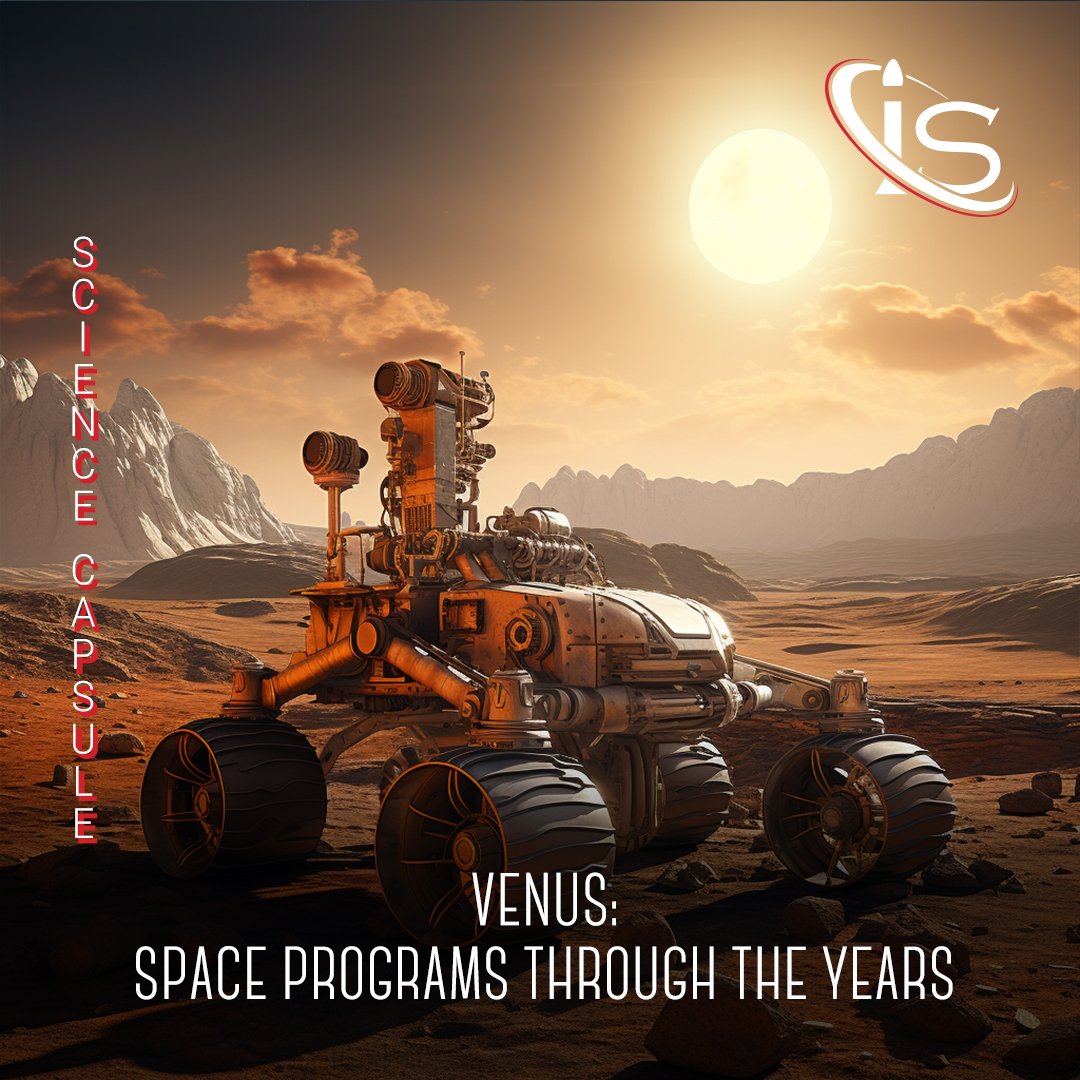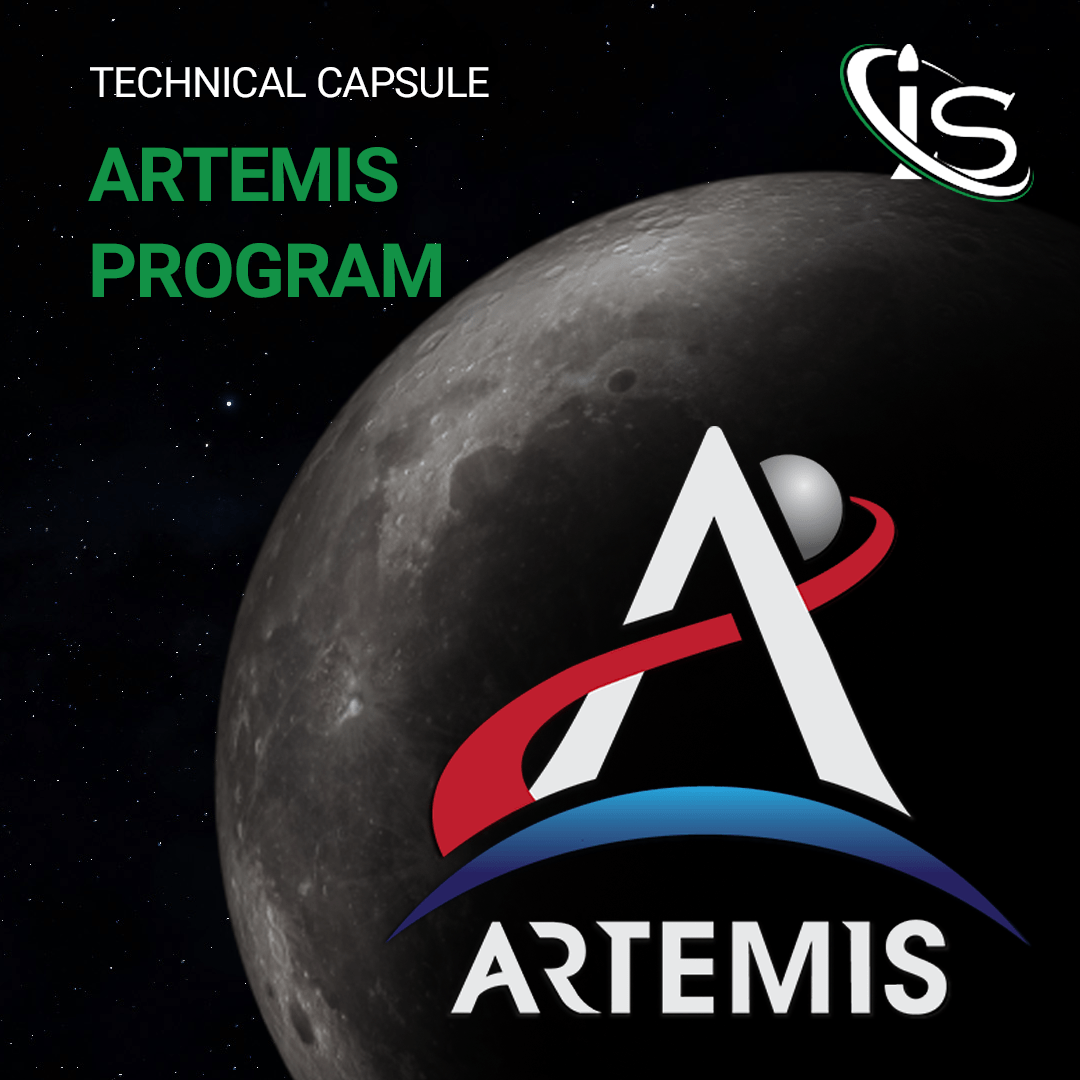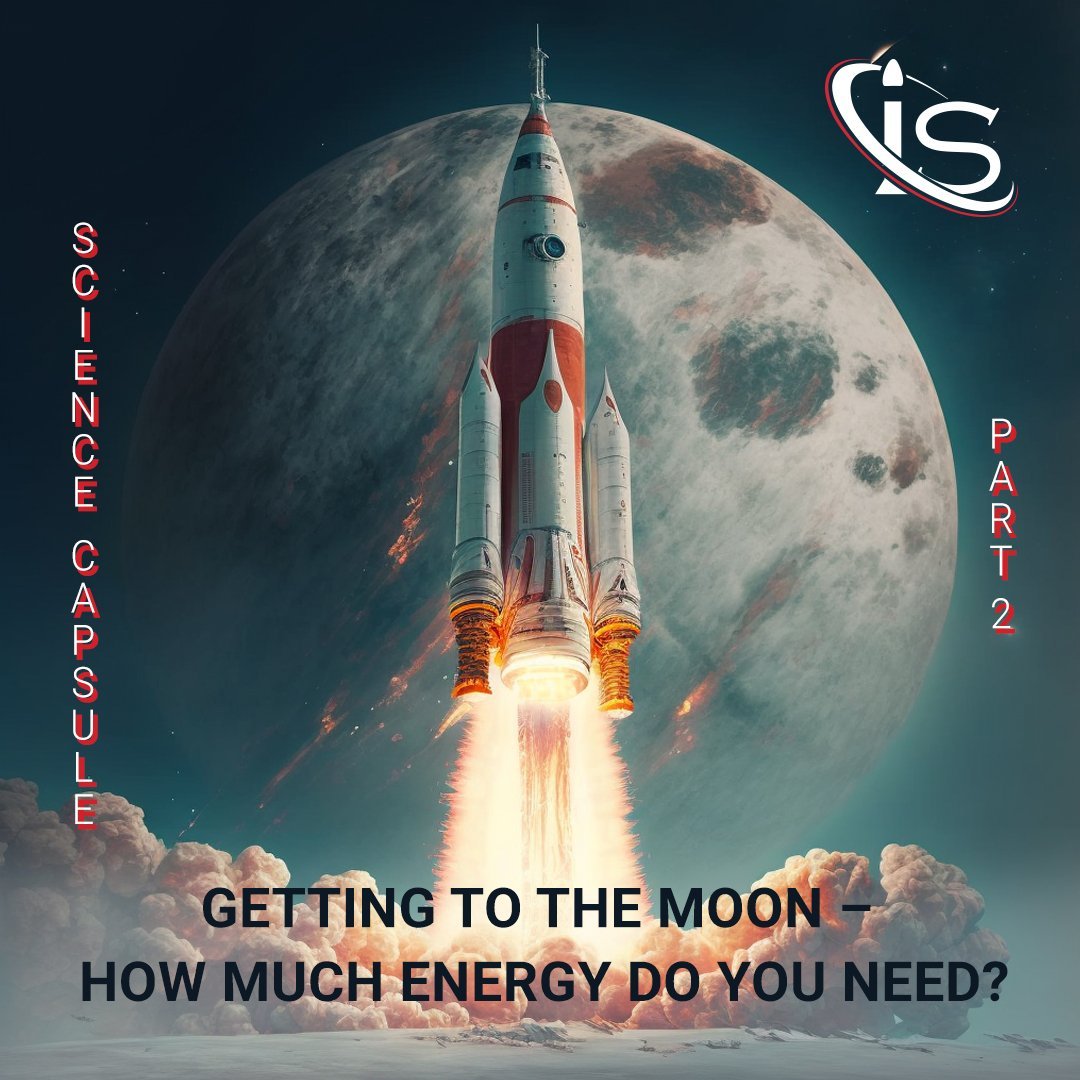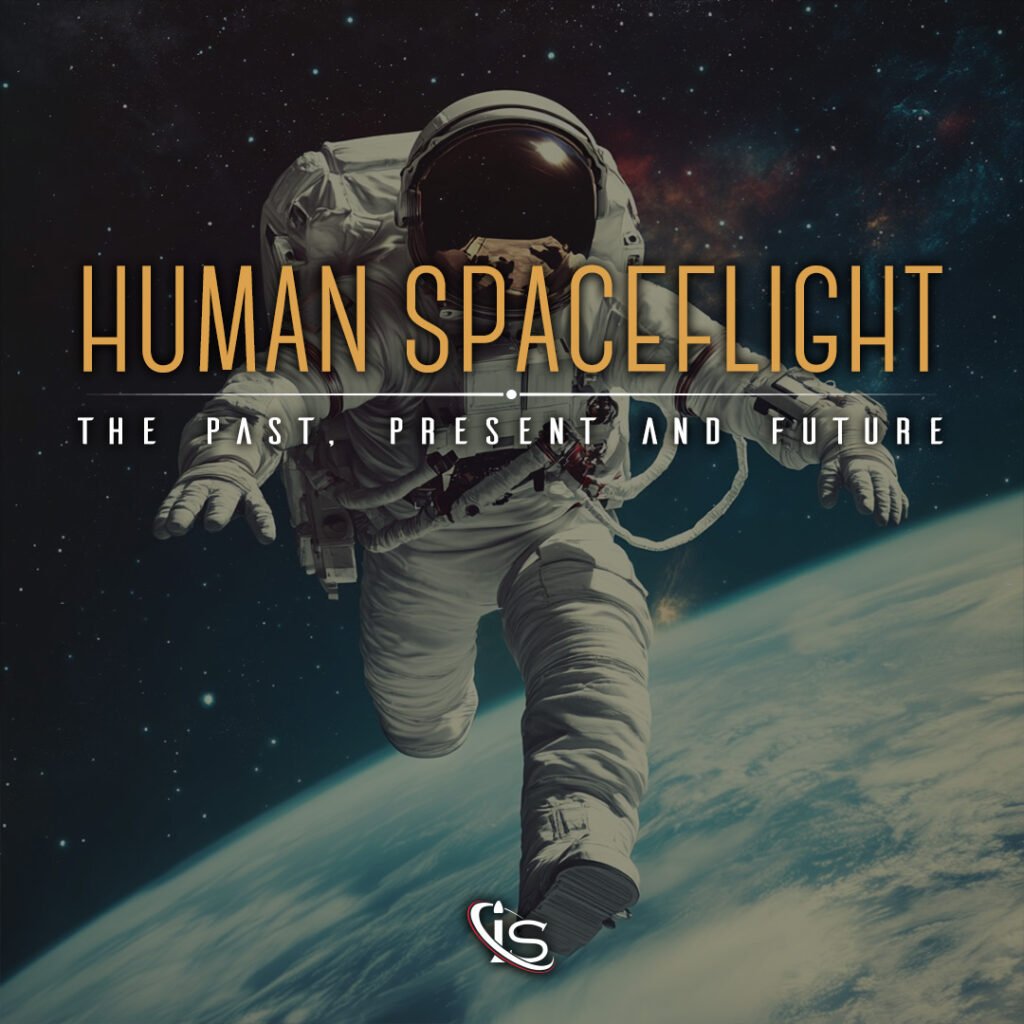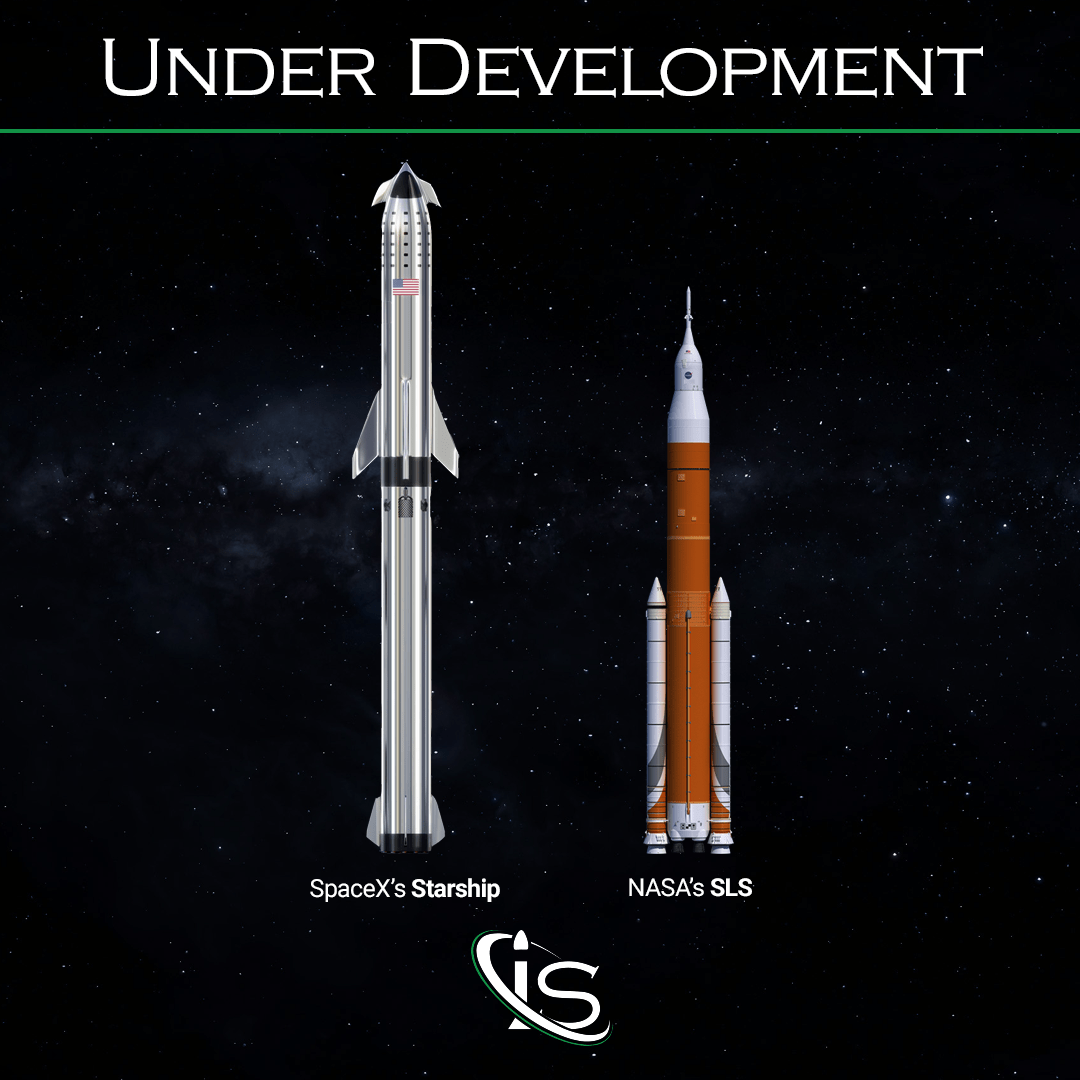It’s been a while since we last talked about the Artemis Program on our page. So much so, in fact, that Artemis I had not even launched back then. And with next September being the earliest target date for Artemis II, this seems like the perfect time to check in and provide a little update about the program. We will not cover everything that we did last time, though, so make sure to read our previous post for all the context.
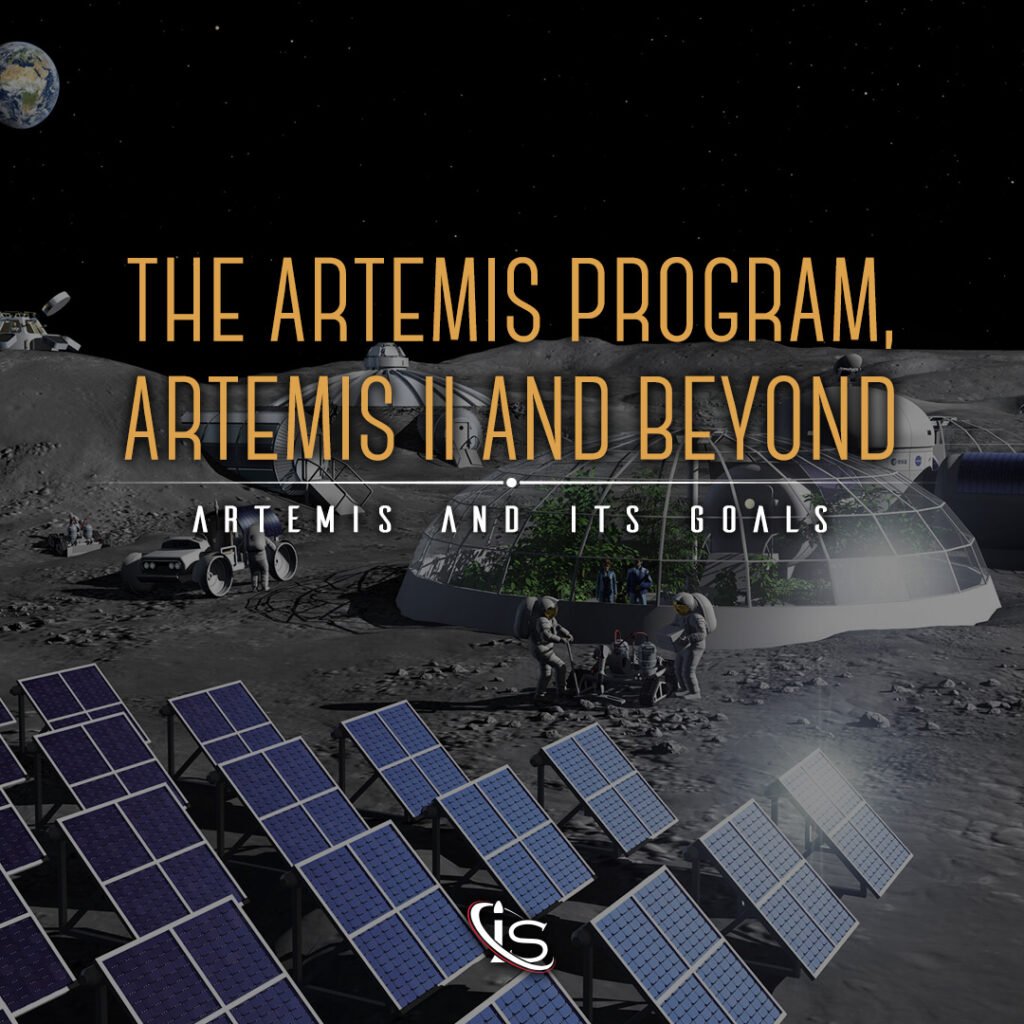
Artemis and Its Goals
Before getting to the new developments, let’s briefly go over what the Artemis Program wants to accomplish. After nearly 6 decades since the Moon landing, Artemis is aiming to put man back on the Moon. But the program’s ambitions don’t stop there. The end goal is not simply getting back to the Moon; rather it is trying to establish a long-term presence there. And while Artemis, itself, may culminate with that, the impact these missions will have on space travel goes even further beyond. As part of the current endeavors to have man reach Mars, maintaining a stable presence on the Moon will help enable just that. But with the preface done, let’s get to talking about some new updates.
Artemis I
It seems only logical to start with what is so far the only completed mission of the program. Launched on November 16th, 2022, this mission had the goal of sending an uncrewed Orion spacecraft around the Moon. Taking off aboard the incredibly powerful SLS (Space Launch System) Orion took a trip through the cosmos of 25 days. In this trip, the spacecraft went thousands of miles beyond the Moon before making its way back to Earth. Everything went as well as NASA could have hoped, making this first test flight an undisputable success.
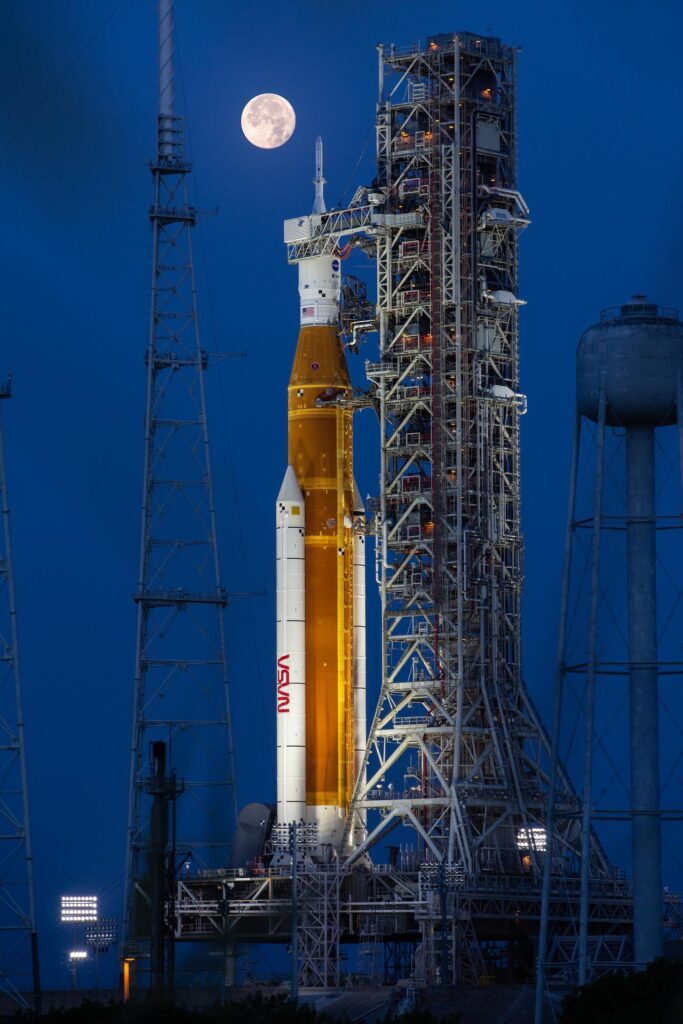
Also worth noting here is where the rocket took off, Launch Complex 39B. This, together with Launch Complex 39A, was a site built specifically to handle the launch of the most powerful rocket at the time, Saturn V. And while most of the Apollo missions took off from its sibling, Launch Complex 39B did have Apollo 10 lift off from its grounds. Not only that, but it hosted both the Saturn IB launches in the 1970s and the Space Shuttle ones that took place after 1986. And with the Artemis Program using it as its launch site, Launch Complex 39B’s story appears to be far from over.
Artemis II
Now, let’s move on to the second mission of the program. And this one will include a lot more details than what we had available at the time of our first article. Scheduled for no earlier than next September, Artemis II will see the first crew launch aboard the SLS in the Orion spacecraft. The crew in question will be made up of 4 astronauts. Commander Reid Wiseman, Pilot Victor Glover, Mission Specialist Christina Koch, and Mission Specialist Jeremy Hansen. Their stay in space is planned to last 10 days and will test various capabilities crucial to deep space missions.

As it is meant to build off the success of Artemis I, there are some similarities with it. This mission will also include a trip past and around our Moon. And, in fact, it will set a new record for farthest any human has been from Earth. However, as it will be the first crewed mission in the program, Artemis II will see Orion orbit Earth twice before beginning its maneuvers to reach the desired trajectory towards the Moon. That way, if something were to go awry, the spacecraft would still be close enough to Earth for an easy reentry.
Some Numbers
The first orbit will last 90 minutes and will include the first firing of Orion’s ICPS (interim cryogenic propulsion stage). Afterwards, the ICPS will raise Orion to a high-Earth orbit, which will last 23.5 hours. During this time, the spacecraft will reach the speed needed to eventually fly off towards the Moon. Also worth noting are the numbers behind these orbits. The first will be at an attitude of 115 and an altitude of 2,240 km (1400 mi). The second, meanwhile will be an attitude of 115 and an astounding altitude of 73,600 km (46,000 mi) above Earth’s surface. After entering high-Earth orbit, Orion will separate from the ICPS.
Going to the Moon
Artemis II will also serve as a bridge between the uncrewed first mission and its human spaceflight-focused successors. As such, a crucial part of its goals is ensuring that all the onboard systems operate as designed when used in space. After all, the very next mission, Artemis III, has the goal of bring man back on the Moon. One way in which Artemis II will pave the way for its successors is by testing Orion’s handling in space. The crew will line up with the now separated ICPS using Orion’s cameras and windows, and will both approach and back away from it. This will showcase the spacecraft’s readiness for rendezvous, proximity operation, and docking, which will all be necessary in future missions.
Artemis’s First Crew and the Future of the Program
Afterwards, control of the spacecraft will be turned back over to mission control, with the astronauts taking off their Orion Crew Survival System suits. These suits are designed for launch, reentry, and high-risk parts of the mission, such as close approaches to the Moon. As such, there is no need for them during the majority of the flight. In fact, for Artemis II, the crew will only don the OCSS suits for launch and reentry.
Testing the Orion Spacecraft
However, while they may not be controlling the spacecraft, Artemis’s astronauts will be performing crucial tests to confirm the efficacy of the life support systems on board. These will be tested under all the possible circumstances. In fact, the conditions will change from suit to cabin mode, while having the crew both exercise and rest during this time. The communications with Earth will also be tested, as Orion will momentarily go beyond the range of GPS satellites. This will simulate the type of communication needed for a trip to the Moon, by giving us a first look at NASA’s Deep Space Network. And it will be this same network to not just communicate with but also control Orion while in deep space.
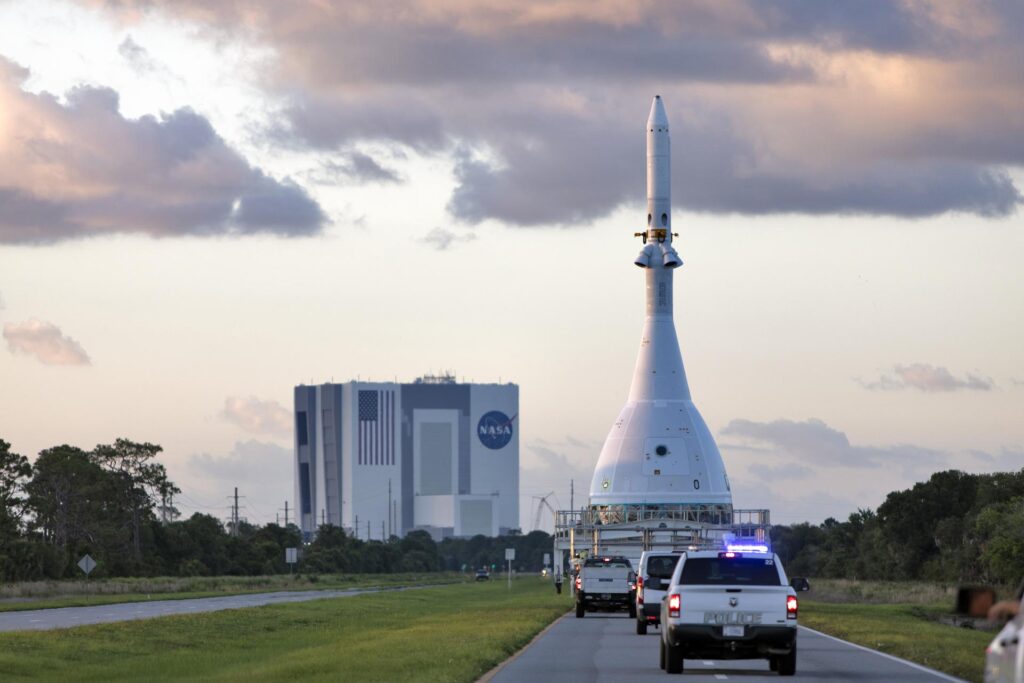
After this time in Earth’s orbit, Orion will head towards our Moon. During this remaining portion of the Artemis II mission, the astronauts will evaluate even more of the spacecraft’s systems. This will include Earth departure and return operations, testing the radiation shelter, practicing emergency procedures, and more. Then, after reaching the farthest distance any human has been from Earth, the return trip will commence. And there’s an extra interesting wrinkle here. Due to the trajectory chosen, no propulsion will be needed, as Orion will utilize the Earth-Moon gravity field to get back to Earth.
Artemis III and IV – Coming Soon
This is where I will leave you for today. While there are two other missions to discuss, I would be doing them a disservice by just tacking them on here at the end. Instead, we will have a part w coming out in the next couple weeks, so keep an eye out for that. Until then, I hope you enjoyed learning about some of the news related to the Artemis Program. See you all in part 2, right here, at impulso.space.
